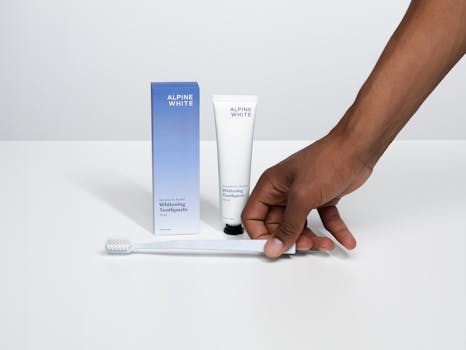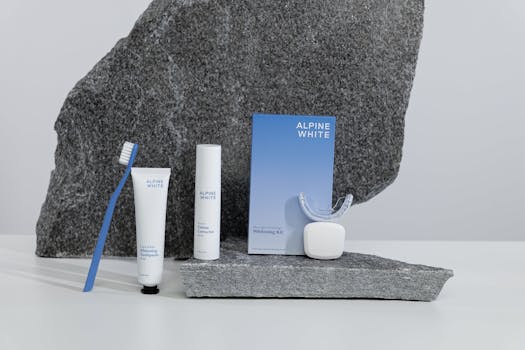How often should you change your toothbrush?
Brushing your teeth daily is one of the most basic and important habits for maintaining your oral health. It helps remove plaque, prevent tooth decay and keep gums healthy. But even the most disciplined brushing routine can lose its effectiveness if toothbrush changes are neglected. Changing your toothbrush regularly ensures that the bristles stay in optimal condition and work effectively. If you don't change your toothbrush regularly, all the positive effects of brushing could be negated, as a worn toothbrush will not be able to clean your teeth and gums effectively.

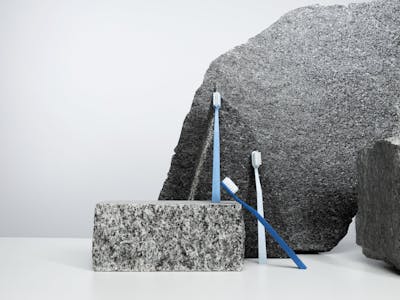
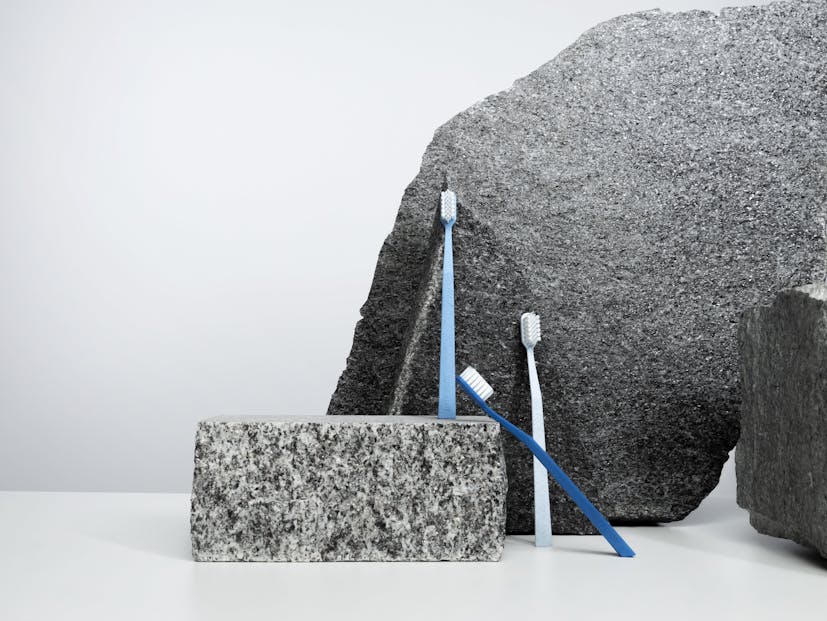
Why is the change important?
Imagine you brush your teeth conscientiously every day, but your toothbrush is worn out. The bristles are bent and the brush head no longer looks fresh. In this condition, your toothbrush can no longer effectively remove plaque, food debris and bacteria. The risk of tooth decay increases exponentially.
Furthermore, a worn toothbrush can also damage the gums. The bent bristles can damage the gums, opening the way for bacteria that can cause gingivitis or even periodontitis. In addition, an old toothbrush can also be a breeding ground for bacteria that lead to bad breath and other oral infections. Therefore, it is essential to change your toothbrush regularly to ensure optimal oral hygiene and dental health.
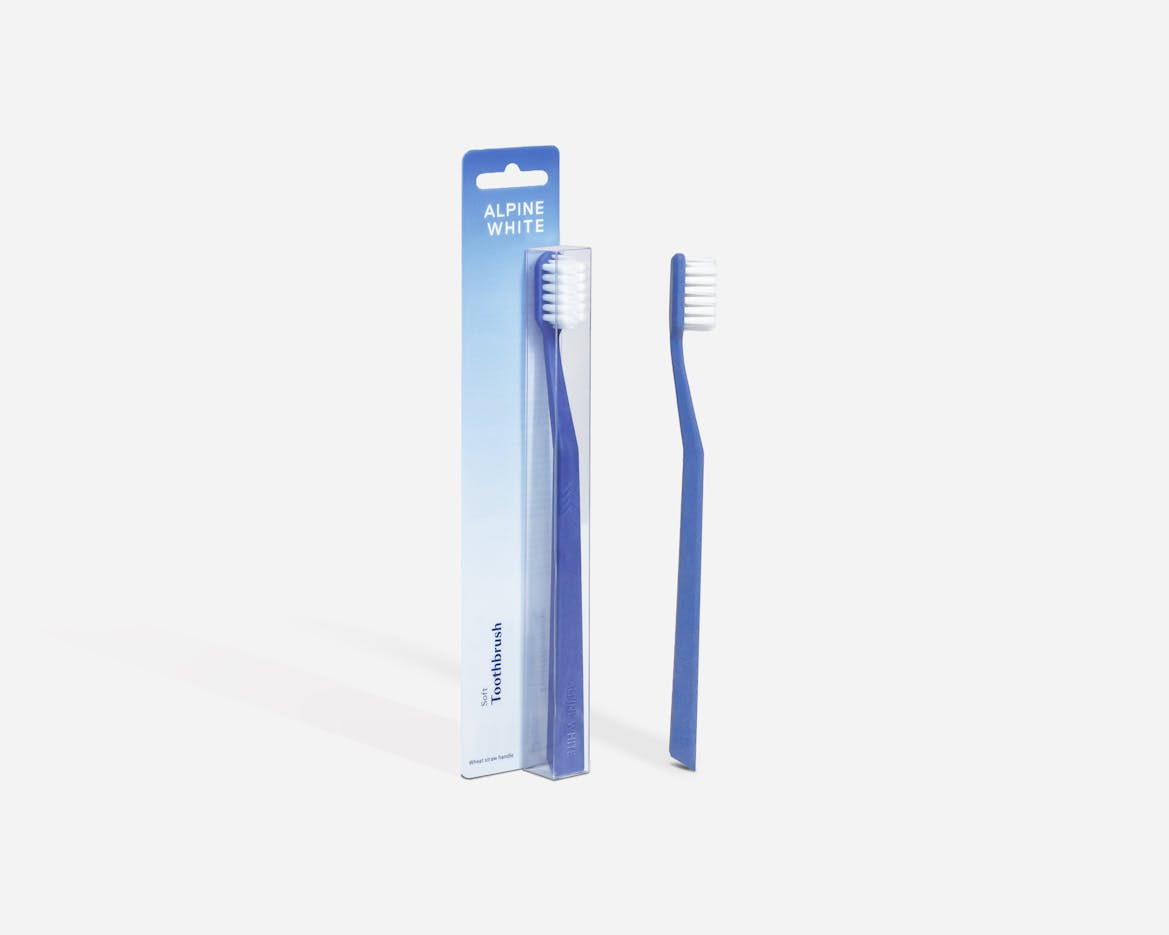
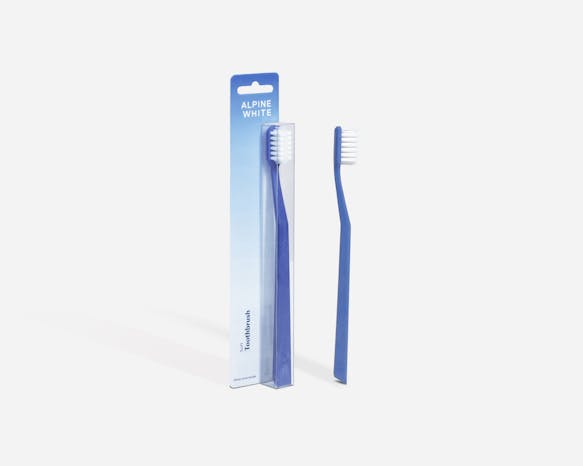
The sustainable toothbrush. Our toothbrush combines elegant design with smart ergonomics. Soft bristles and light weight for gentle brushing.
- 1/3 of the brush consists of wheat straw
- Ergonomic and soft bristles
- Designed in Switzerland
When is it time for a new toothbrush?
Dentists agree that you should change your toothbrush regularly every three to four months. But why exactly this period? The answer lies in the wear and tear of the bristles. When the bristles start to bend or look worn, they lose their effectiveness in cleaning your teeth. They can no longer reach into the spaces between the teeth and effectively remove plaque. In such cases, it is definitely time for a new brush.
It is also important to change your toothbrush after an illness such as a cold or mouth infection to avoid another outbreak.
Manual toothbrush vs. electric toothbrush
The question of whether a manual toothbrush or an electric toothbrush is better is often asked. The truth is that both have their advantages and disadvantages. Electric toothbrushes can be more efficient and are often easier to use, especially for people with limited mobility. Manual toothbrushes, however, are less expensive and more readily available.
Regardless of your choice, it is important to know that both types should be changed regularly. For electric toothbrushes, this usually refers to the brush head, which is just as susceptible to wear as the bristles of a manual toothbrush.
How do you care for your toothbrush properly?
- Rinse thoroughly after use: Rinse the toothbrush thoroughly under running water after each use.
- Use hot water: Once a week, you can also rinse the toothbrush under hot water to kill germs and bacteria.
- Clean the toothbrush cup: Don't forget to clean the toothbrush cup regularly too.
- Dental floss and mouthwash: These complement dental care and help to fight interdental spaces and bad breath.
What happens if you don't change your toothbrush?
Taking regular care of your teeth is an important part of overall health. But what happens if you skip this small but crucial step of changing your toothbrush regularly? The consequences can be more far-reaching than you might think. From the return of unpleasant infections to compromising your brushing technique, an old toothbrush can cause a number of problems that can negatively affect your oral hygiene and ultimately your overall health. In the following sections, we will look at the specific risks and consequences associated with using a worn toothbrush.
Renewed outbreak of infections
An old, worn toothbrush can lead to the recurrence of infections such as gingivitis and periodontitis. The bristles of a worn toothbrush can trap bacteria and viruses that have already been removed from your mouth. If you continue to use the same toothbrush, you risk reintroducing these harmful microorganisms into your mouth. This can not only lead to gum problems but also increase the risk of other oral infections.
Poor plastering technique
A worn toothbrush can significantly affect your brushing technique. The bent and worn bristles are less effective at removing plaque and food debris. As a result, you may need to apply more pressure, which can damage your gums. In addition, the worn bristles cannot reach the interdental spaces effectively, which encourages plaque build-up. This makes it harder to clean your teeth and can lead to serious dental problems in the long run.
Sustainable alternatives
In this day and age, sustainability is an important issue, and that also applies to dental care. If you're looking for an eco-friendly alternative, bamboo toothbrushes are an excellent choice. These toothbrushes are made from sustainably grown bamboo and are biodegradable. This means that they can be composted after use instead of ending up in a landfill.
We would also like to introduce you to the Toothbrush by ALPINE WHITE. It is important to us to produce sustainably. Therefore, the handle of our toothbrush is made of one third Wheat Straw, a waste product from the wheat industry. This raw material is fed back into the production cycle - for the sake of the environment. Wheat Straw is also gluten-free and non-allergenic, making it a great choice for anyone looking for a sustainable and health-conscious option.
Whether you choose a bamboo toothbrush or the sustainable Toothbrush by ALPINE WHITE, it's important to know that the bristles of both options are just as effective as those of conventional toothbrushes. So you don't have to compromise on oral hygiene.
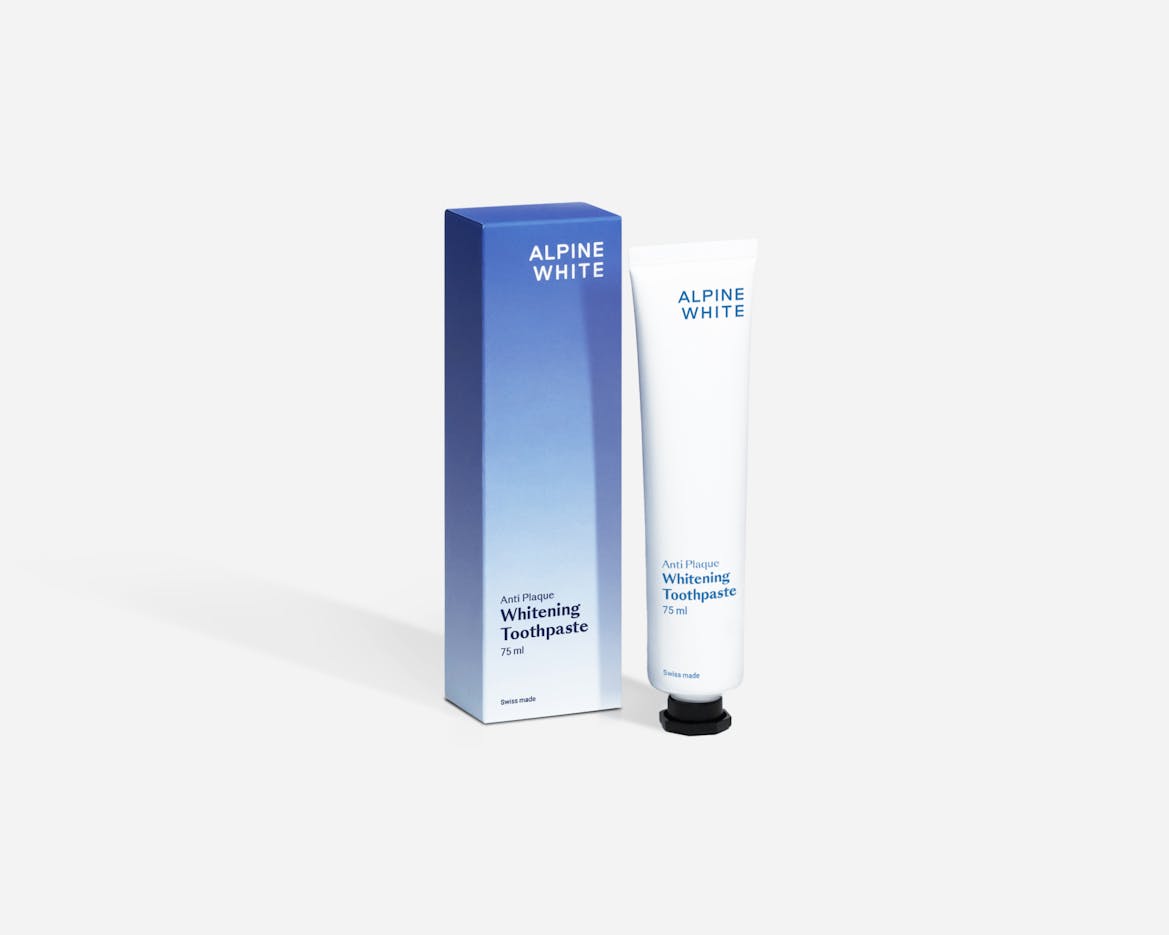
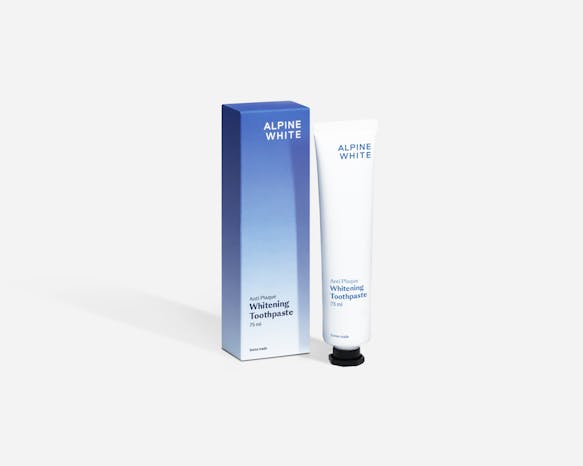
Your solution for stubborn plaque. Whitening Toothpaste Anti Plaque is designed to remove plaque and whiten teeth at the same time. For daily gentle dental and oral hygiene.
- Removes stubborn stains and tartar
- Based on our clinically tested Whitening formulation
- Remineralizes the enamel and relieves existing tooth sensitivity
- Antioxidants for healthy gums
- ormulated and produced in Switzerland
Closing words
Changing your toothbrush regularly is an important part of dental care and oral hygiene. Not only does it help prevent tooth decay and gum problems, but it also plays a crucial role in preventing bad breath and other oral infections. So, if you really love your teeth and gums, change your toothbrush regularly and use the right toothpaste for best results.
